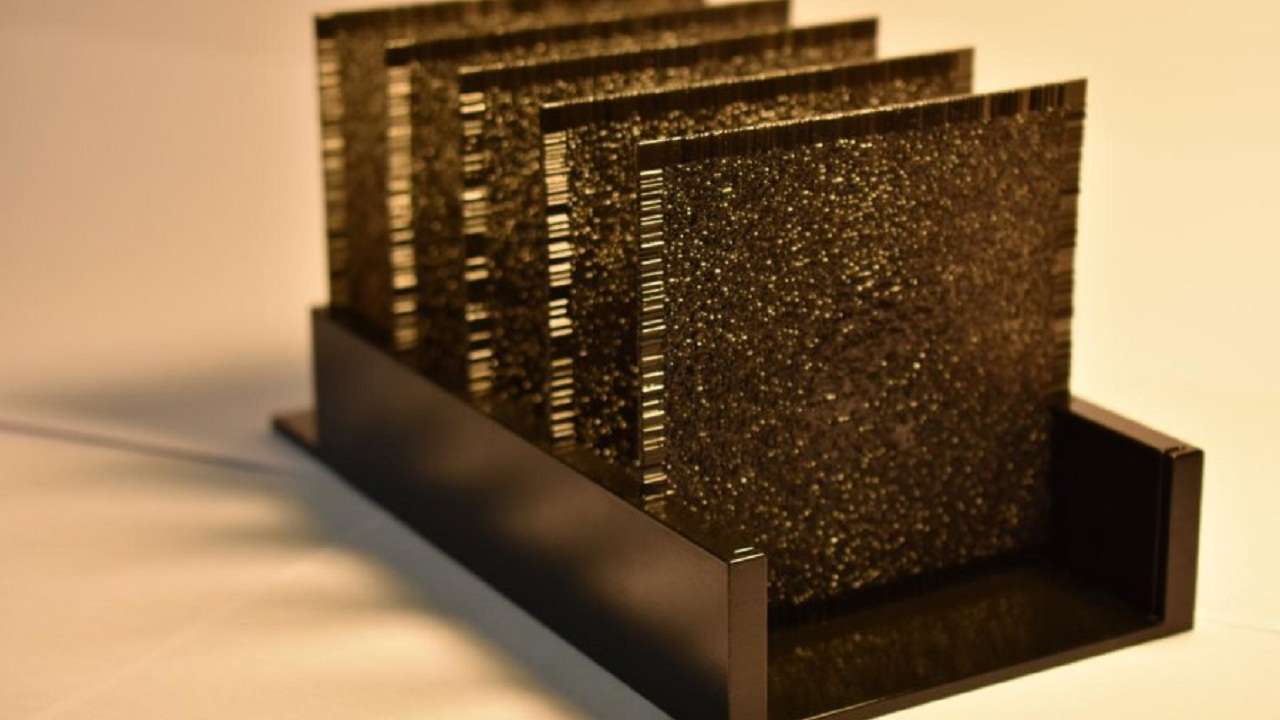New 'artificial intelligence' device will now identify objects at the speed
Source: UCLA Samueli / Ozcan Research Group
 Scientists have created a 3D printed artificial neural network - a device modelled on how the human brain works - that can analyse large volumes of data and identify objects at the speed of light. Several devices in everyday life use computerised cameras to identify objects, such as internet search engines that can quickly match photos to other similar images, said researchers at the University of California, Los Angeles (UCLA) in the US.
Scientists have created a 3D printed artificial neural network - a device modelled on how the human brain works - that can analyse large volumes of data and identify objects at the speed of light. Several devices in everyday life use computerised cameras to identify objects, such as internet search engines that can quickly match photos to other similar images, said researchers at the University of California, Los Angeles (UCLA) in the US.
However, those systems rely on a piece of equipment to image the object, first by "seeing" it with a camera or optical sensor, then processing what it sees into data, and finally using computing programmes to figure out what it is. The new device, called a "diffractive deep neural network," uses the light bouncing from the object itself to identify that object in as little time as it would take for a computer to simply "see" the object.
The device, described in the journal Science, does not need advanced computing programmes to process an image of the object and decide what the object is after its optical sensors pick it up. No energy is consumed to run the device because it only uses diffraction of light, researchers said. New technologies based on the device could be used to speed up data-intensive tasks that involve sorting and identifying objects.
For example, a driverless car using the technology could react instantaneously - even faster than it does using current technology - to a stop sign. With a device based on the system, the car would "read" the sign as soon as the light from the sign hits it, as opposed to having to "wait" for the car's camera to image the object and then use its computers to figure out what the object is.
Technology based on the invention could also be used in microscopic imaging and medicine, for example, to sort through millions of cells for signs of disease, researchers said. "This work opens up fundamentally new opportunities to use an artificial intelligence-based passive device to instantaneously analyse data, images and classify objects," said Aydogan Ozcan, a professor at UCLA.
"This optical artificial neural network device is intuitively modelled on how the brain processes information. "It could be scaled up to enable new camera designs and unique optical components that work passively in medical technologies, robotics, security or any application where image and video data are essential," Ozcan said.
In their experiments, the researchers demonstrated that the device could accurately identify handwritten numbers and items of clothing - both of which are commonly used tests in artificial intelligence studies. They placed images in front of a terahertz light source and let the device "see" those images through optical diffraction.
They also trained the device to act as a lens that projects the image of an object placed in front of the optical network to the other side of it - much like how a typical camera lens works, but using artificial intelligence instead of physics.
| }
|